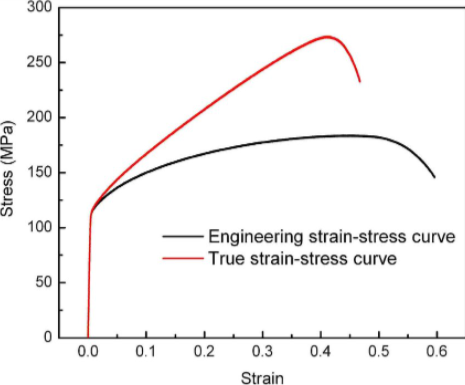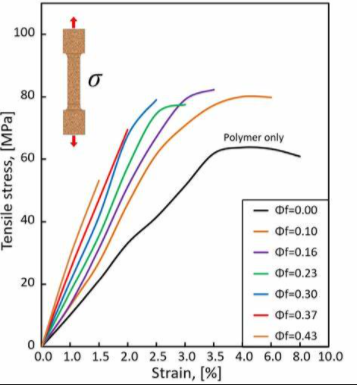I think its the other way around. I.e. the tensile testing takes place in an quasi static (relatively slow rate). This means that you shouldn't expect (usually) larger strains to failure.
However, when you are starting to compress time (i.e. do things faster), then you have adiabatic processes, inertial effects and/or stress waves that take place and lead to (usually) higher failure stresses and lower failure strains.
As I tried to stress, to my knowledge this is what usually happens. There might be exceptions for specific cases of materials (auxetic or hyperelastic) that behave in a different way. However, for most structural engineering materials that is not the case.
This is purely a conjecture (based on the different strain rate law that exist), however I feel that the change has to do with the log of the time.
Lets assume a tensile test would last about 100 sec to failure so the log10 should be about 2. Dropping to 10 seconds is a large change in terms of logarithm (log10 is 1).
However, going the other way (e.g. to log10 3) means increasing from 1 min 40 seconds to approximately 16 min 40 sec. Going even higher to log10=4 would mean about 3 hours.


